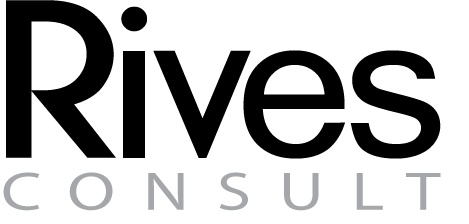
I listen to a number of pitches every month. Some are in competitions, others are refining their pitch to raise capital, and some are actively seeking investment. In most pitches, there is a Q&A segment, and many times, the question of Customer Acquisition Cost (CAC) comes up. Often, this question is met with blank stares, as though the term is unfamiliar.
Customer Acquisition Cost is one of the most critical metrics for any early-stage company to understand. Along with Lifetime Customer Value (LCV), it determines the viability of the business. Let's define CAC: simply put, it's the total cost of all sales, marketing, customer service, support, and training, along with an appropriate amount of overhead, divided by the number of customers acquired over a period of time. Some expand this to include product development costs, but I do not. In my view, product development should be considered separately. There are four main buckets that all expenses can be associated with:
Sales, including all marketing, customer service, support, and training.
COGs (Cost of Goods and Services).
Product Development, including research.
Overhead, such as accounting, regulatory, administrative, rent, etc.
I leave overhead as a separate category because it helps to easily see what percentage of the budget it covers. Some portions of overhead do need to be included in specific categories rather than distributed. For example, T&E (Travel and Entertainment) for sales, training, or service should be applied to the sales category. Likewise, any legal expenses for customer contracts should also be applied to sales. However, things like rent and general accounting are often distributed.
Most presentations that discuss CAC often underestimate it. Frequently, I see only salespeople and associated T&E costs included, with no consideration for marketing, customer support, training, or PR. All of these factors must be included to accurately reflect the CAC.
The CAC, along with the LCV, can determine the viability of the business. If the LCV is not significantly greater than the CAC, the business cannot survive. The difference between the LCV and the CAC, plus the COGs, ultimately pays for product development, overhead, and profits.
So why is the CAC so misunderstood and often underestimated? First, let’s consider the industry. Is it a mature industry? Is it a B2C sale? If it’s mature and B2C, these are often fairly easy to calculate. Sales cycles may be short, and the costs associated with sales and marketing are relatively easy to predict and calculate. However, in the medical device industry where I work, it's quite complex. Sales are B2B, sales cycles are long (sometimes 12 months or more), and with a new innovative product that is disrupting the market, penetrating the market is always challenging. Suffice it to say, the CAC in the first two years of sales is almost definitely going to be higher than the LCV.
Most presentations get this right in their financial proformas. Initial sales and marketing efforts are very expensive with not a lot of sales results. These early sales efforts are capital intensive and not self-sustainable until one reaches critical mass. This is usually two or more years into the process when variables are better defined, the sales cycle is known, the number of visits to a customer to get a sale is known, and overall trade show, market expenses including PR are well known. What level of customer support is needed and what the overall costs to support a customer become more stable over time.
Improving CAC Estimates
Understanding and accurately estimating your CAC requires a comprehensive approach. Here are some strategies to improve your CAC calculations:
Detailed Tracking: Keep detailed records of all expenses related to customer acquisition. This includes not just direct sales costs but also marketing, customer support, and any related overhead.
Segmentation: Different customer segments may have different CACs. By segmenting your customer base, you can better understand which segments are more cost-effective to target. Some devices or IVDs may be sold into hospitals and clinics, but may also be useful for other companies, such as pharmaceutical companies to evaluate the effectiveness of a particular drug. In such cases the CAC may be significantly different but also the LVC as well.
Regular Review: Regularly review and update your CAC estimates as your business evolves and more data becomes available. Early estimates may be less accurate, but as you gather more data, your projections should become more precise. These should also be compared to actual LVC to insure that the business remains viable.
Include All Relevant Costs: Ensure that all relevant costs are included in your CAC calculation. This includes indirect costs such as content marketing, social media efforts, and other brand-building activities. Also, an appropriate portion of the general overhead should also be included.
Conclusion
Customer Acquisition Cost is a vital metric for any business, especially for early-stage companies. It provides critical insights into the efficiency of your sales and marketing efforts and helps determine the long-term viability of your business. By accurately calculating and continuously refining your CAC, you can make informed decisions that drive growth and profitability. Understanding CAC in conjunction with Lifetime Customer Value will ensure that your business is on a sustainable path to success.
